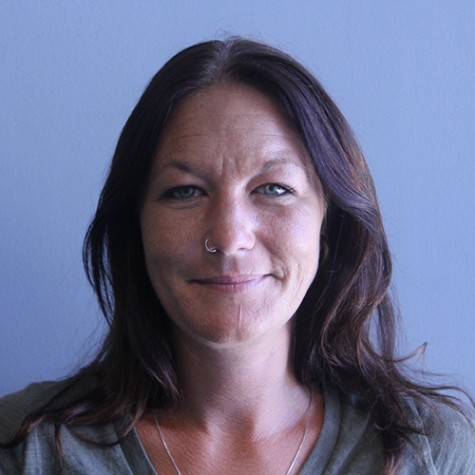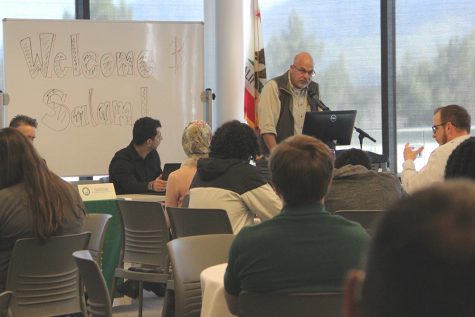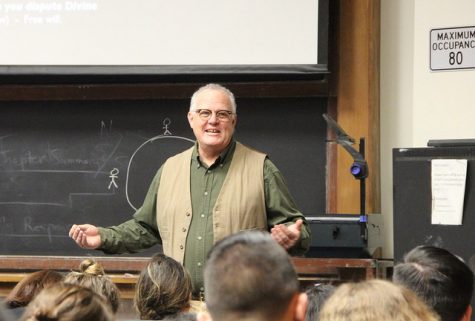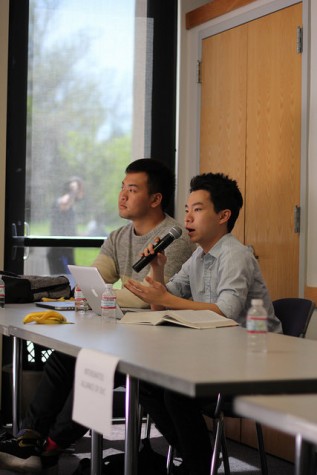Defunding of Planned Parenthood
Hurdles in the Race to ’16: Issue #2
October 27, 2015
Issues surrounding Planned Parenthood and a woman’s right-to-choose have taken center stage in current American politics.
Prior to 2010, there wasn’t a single state in America that banned abortion at any stage of pregnancy. Nebraska was the first to turn the corner by approving a 20-week abortion ban. According to Guttmacher Institute, 43 states now have gestational limit prohibitions and 13 states require that patients undergo an ultrasound prior to having an abortion.
Since last month, certain members of congress demanded a defunding of Planned Parenthood with threats of a government shutdown, but came up short on votes to overcome the Democratic-led filibuster. That hasn’t deterred individual states from forging ahead — Texas and Louisiana are both currently trying to cut off state Medicaid funding previously allocated for Planned Parenthood.
Twenty-six-year-old mother and Diablo Valley College early childhood education student, Emma Alfred, was surprised to hear about the defunding debate: “It’s going to be hard on many people that need it,” Alfred said when asked how she would feel if Planned Parenthood services were to become unavailable.
As it stands, Planned Parenthood is prohibited from using any federal funding for abortion procedures. And second, abortions constitute only 3 percent of Planned Parenthood’s total services provided; the remaining 97 percent include general women’s health services, cancer screenings and prevention, STD/STI detection and contraception.
STD testing among men is often overlooked amidst the frenzied arguments about reproductive health organizations. Trell Thayer is a 18-year-old male DVC student that once used Planned Parenthood for exactly that. “My mom asked me to go and get checked, so I went,” said Thayer.
However, those benefits fall out of the spotlight as opponents attempt to make Planned Parenthood and abortion synonymous in their hard-line stances. Every leading presidential Republican candidate has taken a firm pro-life stance, whereas, both Democratic front runners are pro-choice and support Planned Parenthood funding.
Understanding the history behind women’s rights and reproductive health care, is an important part of understanding today’s emotionally-charged debates.
Anthony Comstock was offended by the obscenities and moral decay he encountered in New York City. With the help of the YMCA and others, he helped pass the Comstock Acts of 1873 and 1876, which essentially made it illegal to distribute any form of unnatural contraception.
Around 1912, Margaret Sanger had treated many lower-income women after they’d had back-alley abortions or tried to self-terminate unwanted pregnancies. She began ferociously advocating for women’s rights to birth control after witnessing these women suffer.
In 1916, Sanger opened the country’s first birth control clinic and later went on to help develop the first birth control pill to be approved by the FDA. She changed the face of America as the founder of Planned Parenthood, and as an advocate for women’s sexual health.
Why is all this information important to you right now? Because, you not only choose a president, you choose the direction of this country and the future of your own life. Make an informed choice.






















































































